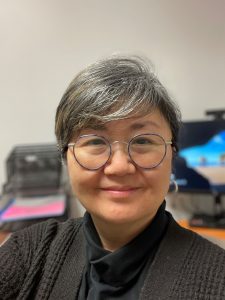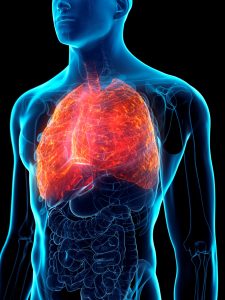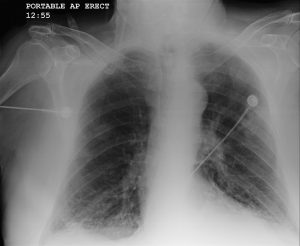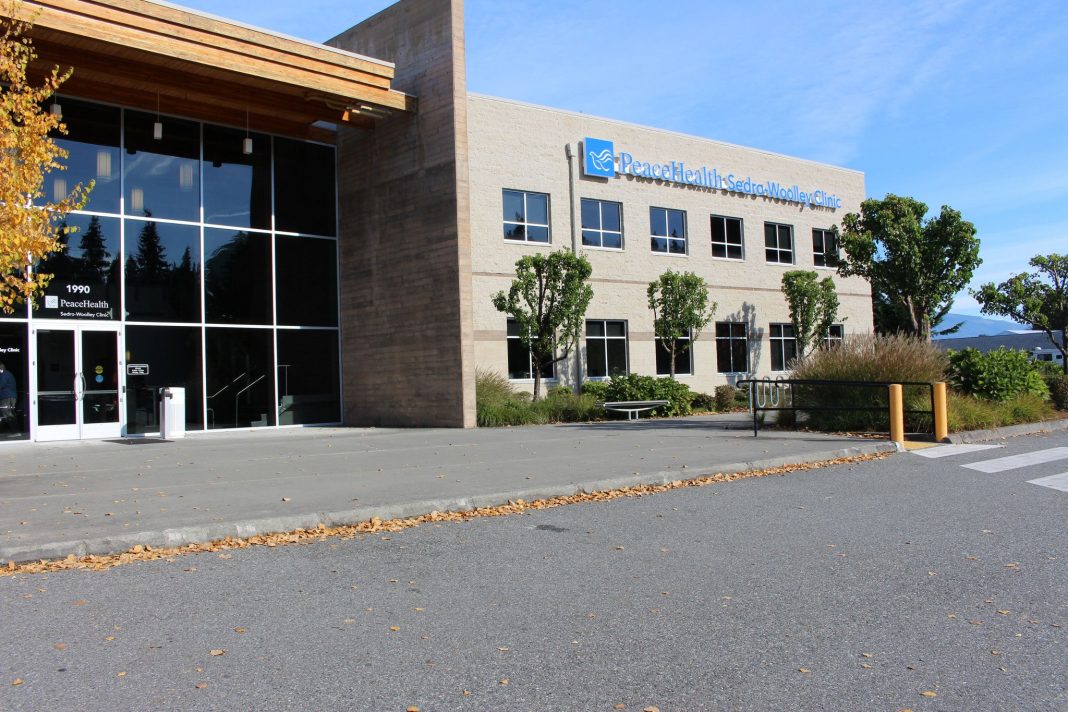In 2019, the World Health Organization estimated 3.23 million deaths from Chronic Obstructive Pulmonary Disease (COPD), making it the third leading cause of death worldwide.

At Sedro-Woolley’s PeaceHealth Medical Group Specialty Clinic, visiting pulmonary soecialist Susan Cho, MD, travels between Skagit County and Bellingham’s PeaceHealth St. Joseph Medical Center to provide diagnosis and treatment of lung-based health issues like COPD.
Dr. Cho joined PeaceHealth in 2020 after 22 years in pulmonary and critical care at The Corvallis Clinic in Corvallis, Oregon. Cho previously attended Cornell University in upstate New York, and received her medical degree from SUNY Downstate Health Sciences University in Brooklyn.
With special interest in COPD, Cho says that she believes in providing more than just a clinical fix to someone’s medical issues.
“I want to help with a patient’s understanding and acceptance of what are frequently frightening and overwhelming situations,” she says. “I think that the doctor-patient relationship has to be a strong one based upon mutual trust and empathy, so I always try to practice that way.”
Cho says she chose to specialize in pulmonary and critical care due to the need for continuous learning and understanding, as they involve processes affecting the entire body, not just the lungs.
Patients are usually referred to her through a primary care physician, either based on that doctor’s recommendation or the patient’s desire to seek special pulmonary care.
Risks and Management of COPD

COPD covers more than one obstructive respiratory disease, Cho says, and includes emphysema and chronic bronchitis. Symptoms of both can be present in someone with COPD, but regardless of the specific condition, all involve lungs with obstructed air flow, making it harder to breathe.
Many people with coughing or shortness of breath may think they have COPD, but actually don’t, Cho says. Establishing a clinical diagnosis depends on a thorough understanding of a patient’s history, risk factors and symptom severity.
The biggest risk factor is smoking. Although many smokers don’t wind up with clinical COPD, it doesn’t change the fact that smoking accelerates lung damage. If someone continues smoking after a COPD diagnosis, Cho says their lungs will certainly deteriorate faster than if they quit.
“If there’s any one thing that people can do to improve their quality of life—and improve their life in general—it’s to quit smoking,” she says.
Occupational hazards are also a significant factor in developing COPD. Professions in which people are exposed to high levels of dust, fumes or chemicals carry inherent risk. Examples, Cho says, include inhaling cement dust at a construction site, doing rock polishing, or inhaling silica dust during sand blasting.
In these scenarios, Cho says it’s essential to properly protect your lungs with masks or a respirator, ensuring that inhalation of damaging particulates is minimized. Sometimes even owning a pet can be hazardous: Bird Fancier’s Lung is a condition where repeated inhalation of dried bird droppings, such as during cage cleanings, can lead to severe lung disease over time.

Family history is another risk factor, as some forms of COPD can be genetic, Cho says.
Traditionally present in people over the age of 60, symptoms of COPD include shortness of breath, especially with activity; cough, wheezing, feeling like one’s lungs are full of mucus, and frequently getting colds and bronchitis during cold weather months. Those who develop COPD often struggle with what’s called hyperinflation.
“Basically, it’s like blowing up a balloon,” Cho says. “The lungs keep on expanding, and when they expand like that, they become mechanically less efficient. So that causes increasing shortness of breath.”
Treating COPD is traditionally done with inhalers, which fall into two main categories. Rescue medicines are fast-acting and only used when symptoms are intense, while maintenance medicines work slowly but effectively over time to reduce airway inflammation or spasming, Cho says. Steroids like prednisone can also help.
Other patients may require supplemental oxygen, either at night or constantly, and those with additional sleep apnea can greatly benefit from CPAP devices.
More advanced disease brings surgical treatments, which include actually removing portions of damaged lung, or the insertion of endobronchial valves. These one-way valves allow air out but not in, helping decompress the lungs and making breathing more efficient.
A Post-COVID Reminder

Those with COPD or other lung issues are usually at higher risk for lung-damaging infections, making vaccination from influenza, pneumonia and COVID-19 very essential.
Even with COVID cases now declining, Cho is seeing increasing numbers of patients with a myriad of health concerns long after their infection ended.
“Most commonly, we’re seeing people who are still very short of breath, and very fatigued,” she says. “There’s frequently a bad cough and chest pain. And these can take anywhere between just a couple of weeks to sometimes a year before these people are starting to feel better. I don’t think a lot of people realize how devastating it is, and how so many people’s lives are completely changed because of this disease.”
While long term issues aren’t totally known, Cho says a recent study has just come out that the risk of cardiac complications can occur for at least a year after infection, even with mild cases.
So, regardless of age or risk factors for specific disease, Cho reminds all to try and take care of your lungs. If you don’t, you might be seeing more of her than you’d like.
Sponsored





































